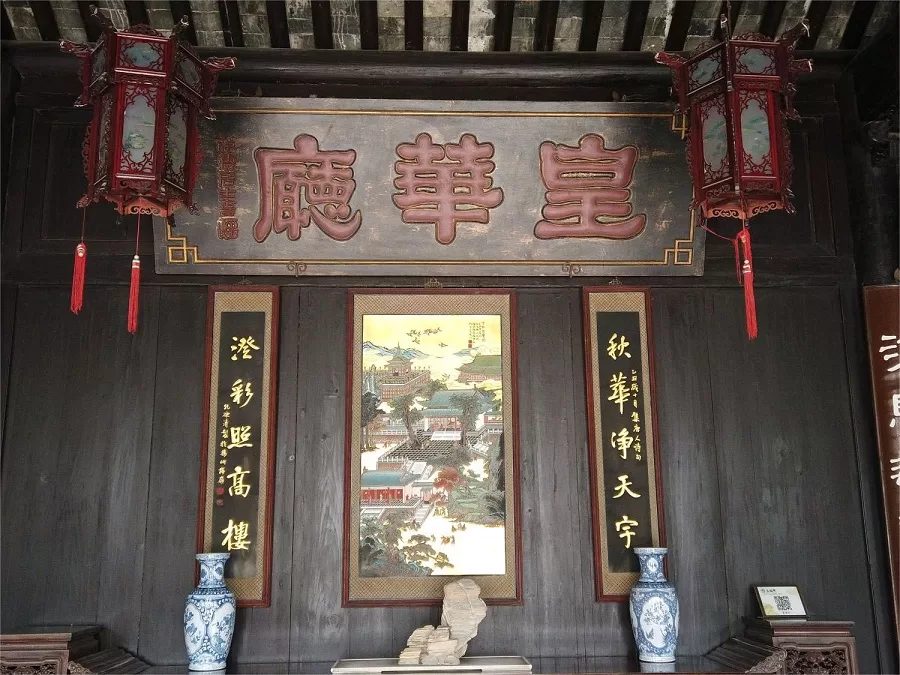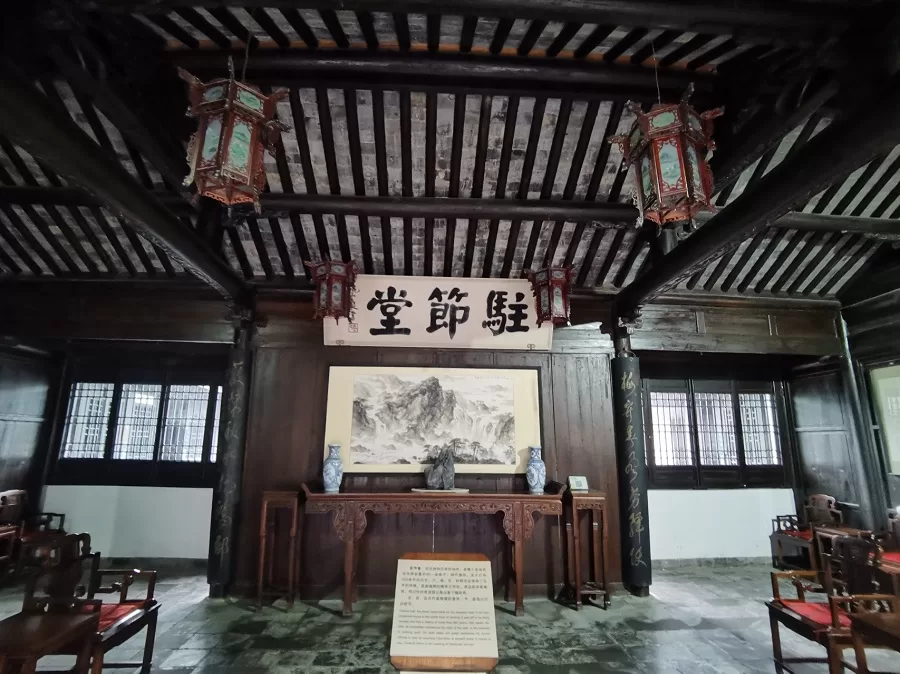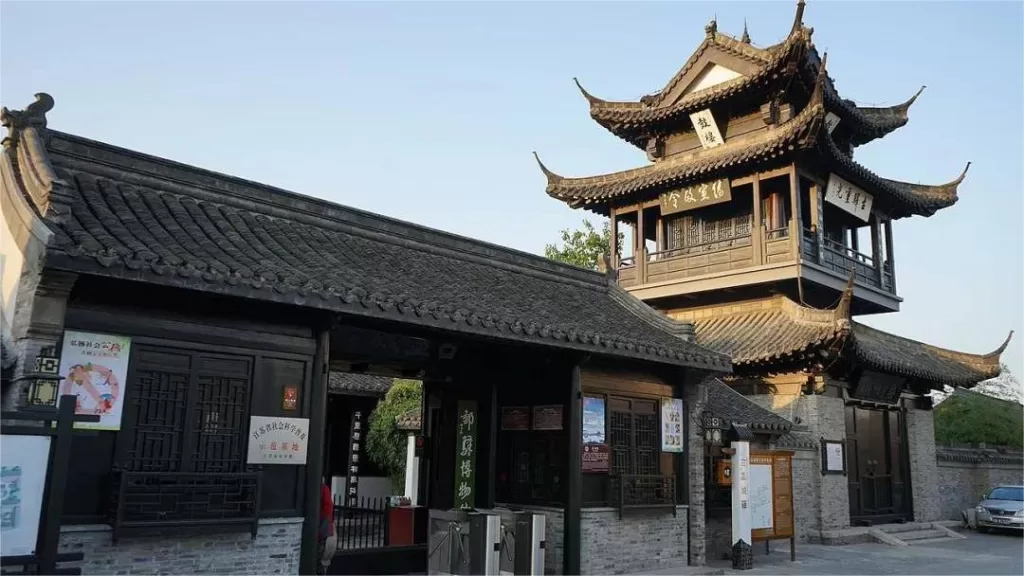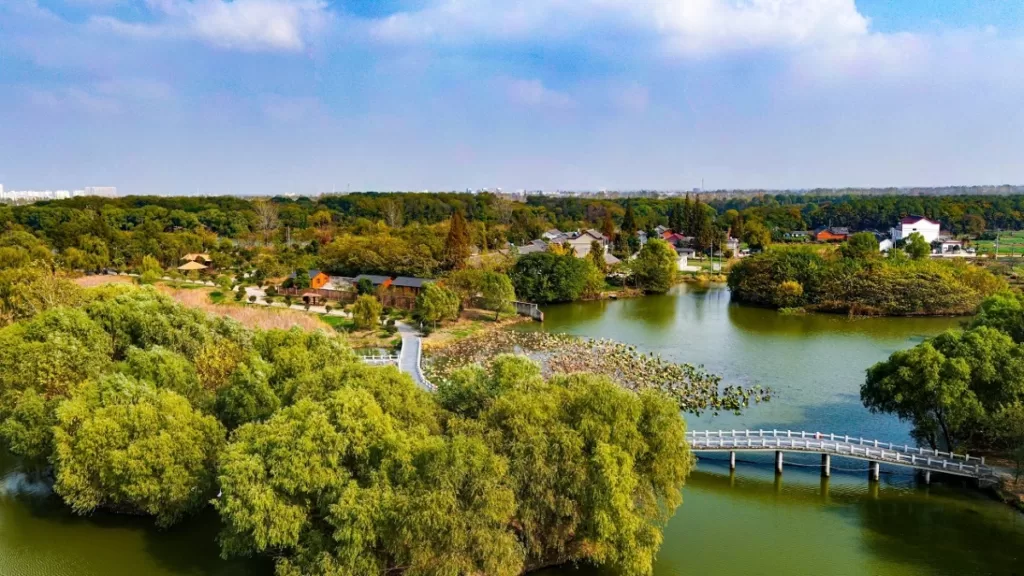Yuchengyi Museum (盂城驿博物馆), also known as Yucheng Post Office Museum, is a historical gem located in Gaoyou City, Jiangsu Province, China. Its origins date back to 1375, making it one of the largest and best-preserved ancient postal stations in the country. Over the centuries, it has undergone several renovations and expansions, with various officials and individuals contributing to its development. Today, it covers an expansive area of more than 16,000 square meters and features over 100 rooms, including the postal station, lodgings, the Qin You Mansion, the Postmaster’s residence, military officer halls, a horse deity temple, stables, warehouses, guardrooms, and accommodations for postal staff.
Table of Contents
- Basic Information
- Location and Transportation
- History of Yucheng Post Office
- Highlights of Yuchengyi Museum
- Vlog about Yuchengyi Museum
- Attractions near Yuchengyi Museum
Basic Information
| Estimated Length of Tour | 1 hour |
| Ticket Price | 30 RMB |
| Opening Hours | 8.15 – 17.30; Last admission: 17.00 |
| Telephone Number | 0086-0514-84611979 |
Location and Transportation
Yuchengyi Museum is located in the southern part of Gaoyou City, within Yangzhou City, Jiangsu Province, China. Its specific address is No. 13 Guanyixiang (馆驿巷), a historic alley situated within Nanmen Dajie (南门大街), which translates to South Gate Avenue.
To get there, tourists can take bus Gaoyou 10 or Gaoyou 15, and get off at Yuchengyi Stop.
History of Yucheng Post Office
In the eighth year of the Hongwu era (1375), during the Ming Dynasty, the Yuchengyi was founded by the county magistrate Huang Keming just outside the southern gate of Gaoyou City. In the first year of the Yongle era (1403), the county magistrate Wang Jun oversaw extensive renovations. However, in the 36th year of the Jiajing era (1557), during the Ming Dynasty, the Yuchengyi was destroyed by the ravages of the Japanese pirates. In the second year of the Longqing era (1568), the county magistrate Zhao Laiheng followed the traditional blueprint to rebuild the Yuchengyi. Subsequently, county magistrates like Zhang Desheng, Feng Xin, and Zhu Ronggui contributed to its restoration and expansion. Following the Xinhai Revolution, the Yuchengyi was officially closed. After the establishment of the People’s Republic of China, the Yuchengyi was repurposed for residential use.
In 1993, under the guidance of the Gaoyou Municipal Government, extensive restoration efforts were undertaken, focusing on the primary structures of the postal station. This, in conjunction with the historic South Gate Street, created an attractive cluster of buildings showcasing Ming and Qing architectural styles.
Highlights of Yuchengyi Museum
Emperor Hua hall

The centerpiece of Yuchengyi Museum is the Emperor Hua Hall (皇华厅) and the Resident Envoy Hall (驻节堂). The Emperor Hua Hall, also known as the “Main Hall,” is a five-bay structure dating back to the Ming Dynasty. This hall primarily displays postal, horse, and ship records, duty rosters, work schedules, and the “Postal Station Regulations.” The hall served as an official reception area, with the eastern room designated as the signing room for handling official documents and the western room featuring lifelike sculptures representing postal station personnel.
Resident Envoy Hall

The Resident Envoy Hall, or “Rear Hall,” was a place where the postmaster and officials from Gaoyou County received envoys and guests from various regions. This structure, dating back to the late Ming Dynasty, is characterized by its simple yet elegant features, including exposed beams, columns, wooden doors and windows, and traditional tables and chairs. The central area served as the reception space for officials, with the postmaster’s residence on the left and accommodations for postal staff on the right, as well as a room for processing and distributing documents.
Drum Tower

The Drum Tower (鼓楼) stands as an iconic landmark of Yuchengyi Museum, rising to a height of approximately 15 meters. It is a three-story structure with a wooden staircase spiraling to the top, where a large red and white drum hangs. This majestic tower served both as a timekeeper and a watchtower for important occasions, where victories and celebrations were announced during grand events. Behind the postal station lies the Horse Deity Temple (马神庙), a place of worship where people sought blessings for the safety of their horses and themselves during their journeys.







